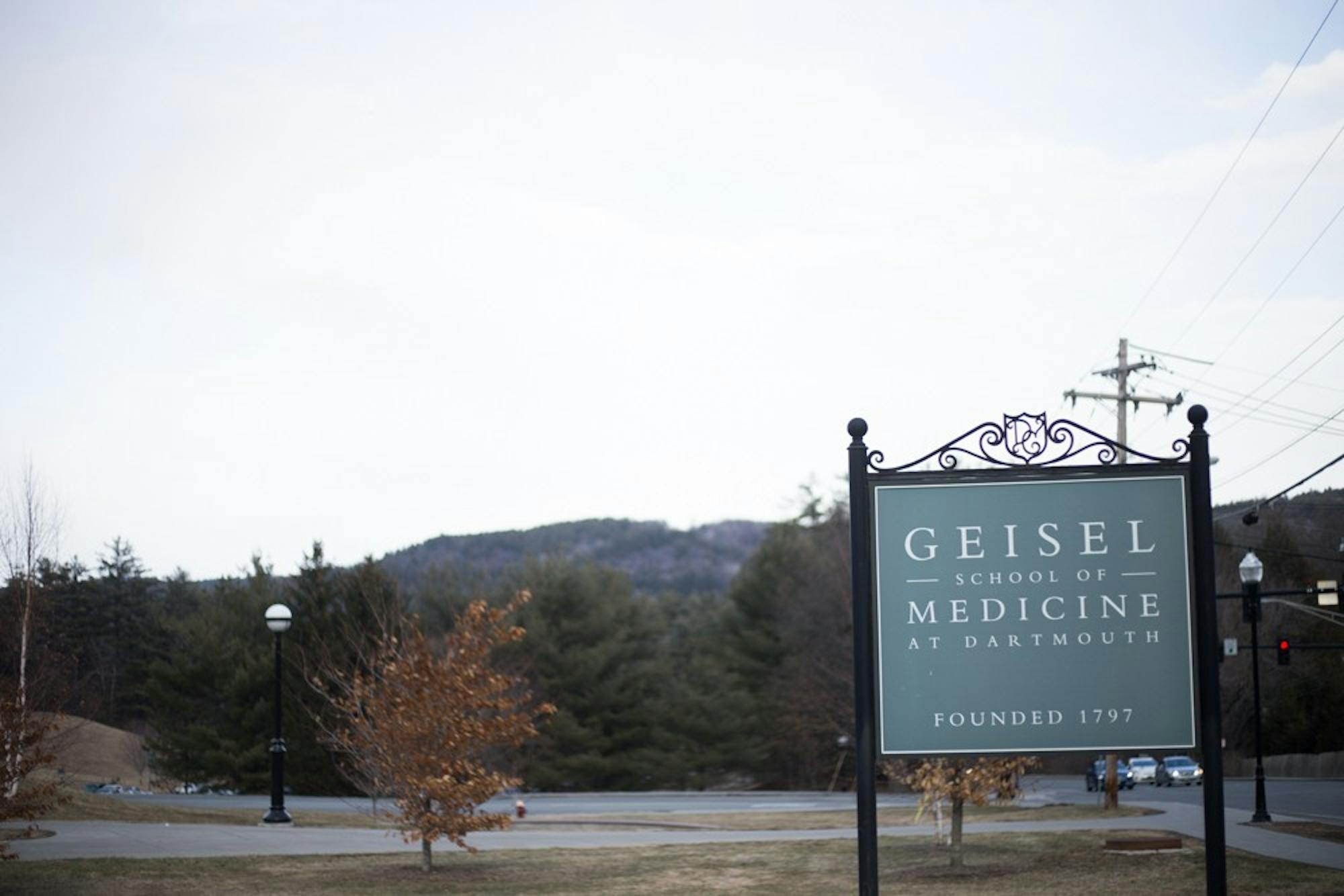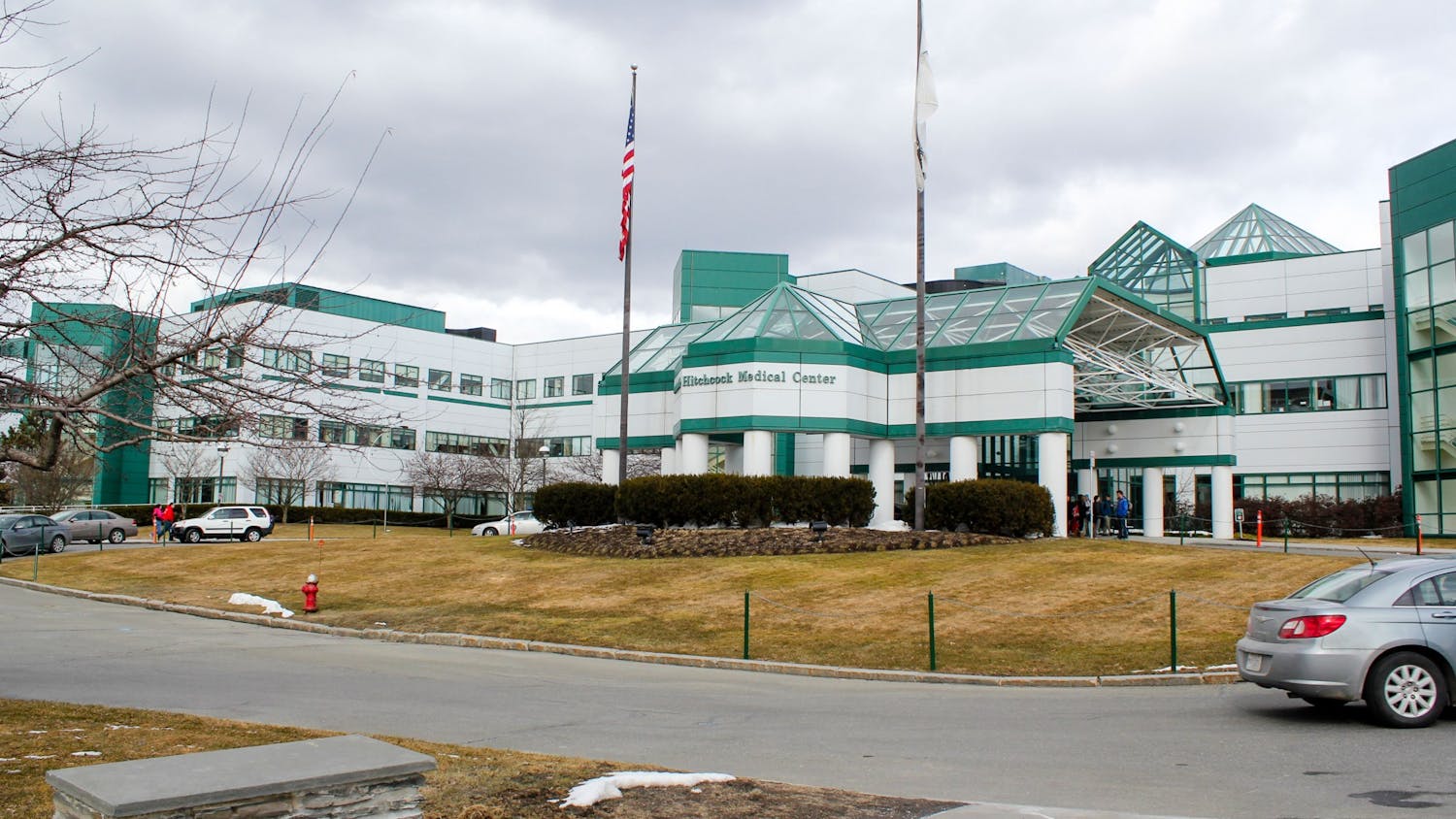The nation’s hottest commodity — Pfizer-BioNTech’s COVID-19 vaccine — can trace its roots in part back to a discovery made at the Geisel School of Medicine. Jason McLellan, a structural biologist who worked at Geisel from 2013 to 2018, identified structural aspects of coronaviruses that can be manipulated to give a person immunity — a discovery utilized in the development of the Pfizer-BioNTech COVID-19 vaccine.
While at Geisel, McLellan led a team of researchers that designed a special form of the coronavirus spike protein, which at the time was best known in the context of MERS and SARS — two coronaviruses that preceded COVID-19. When introduced to the human body, the spike protein induces an immune response in the body, prompting it to produce antibodies.
McLellan, who now works as a molecular biosciences professor at the University of Texas at Austin, and his team determined the three-dimensional structure of the spike protein of a coronavirus known as HKU1, one of the causes of the common cold.
“We went from having some abstract notion of what the coronavirus spike looks like to basically having a 3D print where we know every amino acid, every atom. That’s really powerful,” McLellan said.
Coronaviruses come in two shapes, according to former Dartmouth postdoctoral researcher Nianshuang Wang, who worked with McLellan on the research. One is a mushroom-like shape, which the team discovered preserves the ability to create immunity to the virus, while the other is a rod-like shape, which does not allow for the development of immunity. The virus can change from one shape to the other.
“We found that when the coronavirus changes to the rod shape, it immediately loses its immunogenicity,” Wang said. “The challenge was determining how to stabilize the shape so that it didn’t revert to the rod-like structure.”
After identifying the link between virus structure and immunity, McLellan’s team was able to determine — through trial and error — mutations of the virus that could be introduced to keep the shape more stable.
“We screened more than one hundred different mutations to find the most effective one,” Wang recalled.
Wang noted that the team eventually found that a mutation made by changing two amino acid residues — the remains of amino acids after they have combined to form a peptide — to an amino acid called proline renders the spike inactive.
Neurobiologist Anne West, who has been involved in structural vaccine development at Duke University, noted that the uniquely rigid nature of proline facilitates immunization.
“Certain types of amino acids are more fluid, but proline is not,” West said. “So when you put it there, basically something that used to be a flexible hinge is now going to be fixed into place. This prevents the protein spike from attaching to cell membranes.”
She explained that if the spike protein is unable to attach to a cell’s membrane, antibodies will form along the correct portion of the introduced virus. Otherwise, antibodies will form along portions of the virus not involved in its transmission, making them useless for immunization.
When this inactivated spike was tested in mice, it yielded higher neutralizing antibody numbers than any previous form of the protein spike. In other words, the new protein spike enabled organisms to be injected with a benign version of the virus, allowing them to build up immunity without danger. This process is what is being used in the Pfizer-BioNTech vaccine.
In addition to Pfizer-BioNTech, other leading vaccine candidates — including Moderna, Novavax, Johnson & Johnson and Purevax — are also using this new method, according to McLellan.
Even before the dawn of the pandemic, McLellan said he and his team realized the implications of their discovery in the study of existing coronaviruses.
“That was a really exciting day at Dartmouth,” McLellan said.
McLellan also credits the College for the lab’s success, citing the “vibrant research community” and “strong” graduate program that allowed him to get “top graduate students” to help him in his work.
Moving forward, McLellan said that he is hopeful about the future of structure-based vaccine designs like this one.
“We and others are using this paradigm to develop vaccine antigens for a lot of other pathogens,” he said. “We’re trying to be prepared for the next pandemic.”




